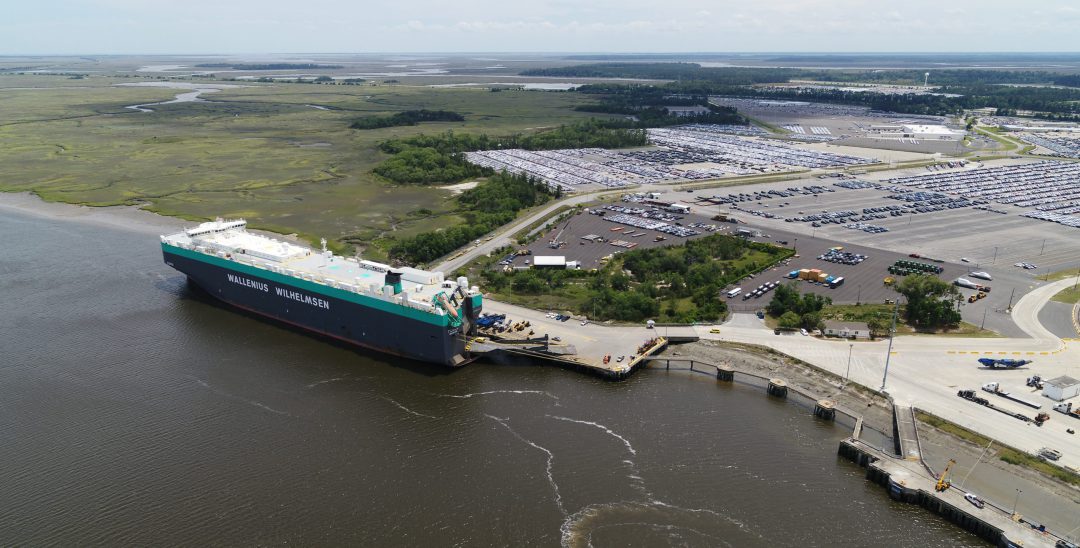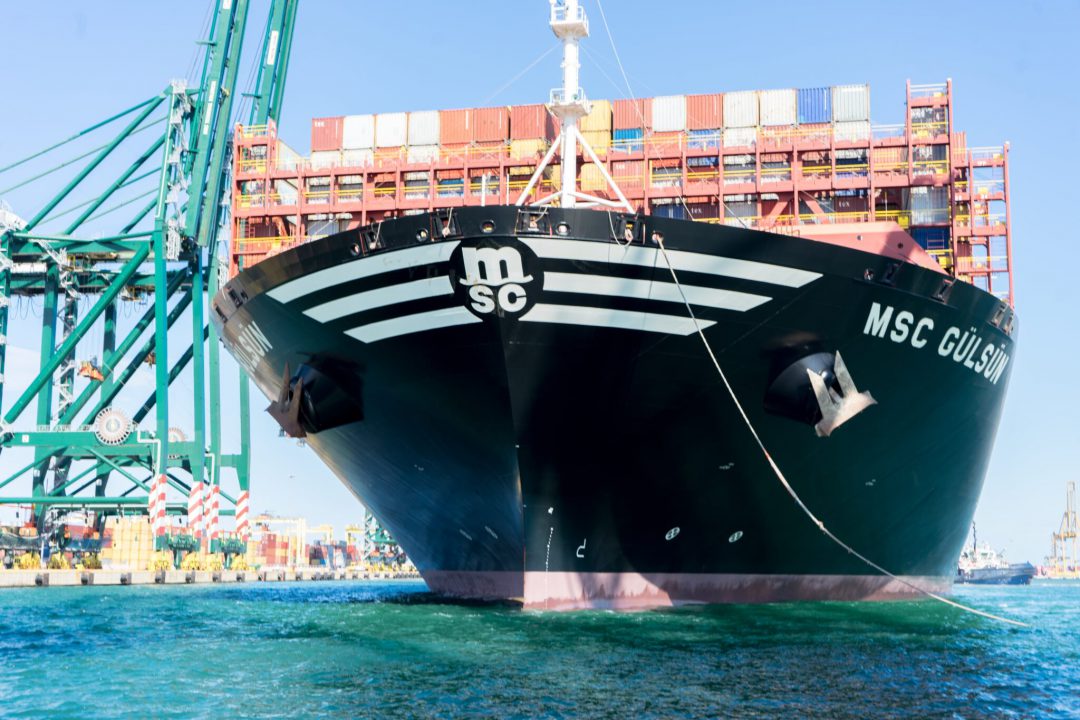The Port of Brunswick handled 53,600 units of vehicles and heavy machinery in August, an increase of 1,700 compared to the same month last year. The auto port recently added Nissan to its list of customers. Nissan North America has chosen the Port of Brunswick, Ga., as a new point of entry to serve U.S. markets.
“We are pleased that Nissan has chosen the Peach State as its gateway to the Southeast,” said Griff Lynch, executive director of the Georgia Ports Authority. “Brunswick’s central location and superior connectivity, combined with the ease of doing business in Georgia, make it the perfect home for Nissan to serve the fastest growing region in the U.S.”
Nissan North America joins two dozen other major auto manufacturers at Colonel’s Island. The 1,700-acre terminal provides immediate access to Interstate 95, and from there, I-10 and I-16.
“Brunswick is a great fit into Nissan’s network, based on its location close to our dealerships in the southeastern U.S., proximity to I-95 for truck haul-away, and rail connections,” said J.S. Bolton, director of supply chain management for Nissan.
At the GPA Board meeting, Lynch reported that August Roll-on/Roll-off volumes at the Port of Brunswick grew 3.3 percent to 53,600 units, an increase of 1,700 units of vehicles and heavy machinery compared to August 2021.
“For manufacturers seeking to serve areas such as Atlanta, Birmingham, Nashville, Charlotte or markets across Florida, the auto port at Colonel’s Island offers the best mix of inland connectivity and a broad ocean carrier network,” said Cliff Pyron, chief commercial officer at GPA. “Its position as the nation’s second busiest, but fastest growing Ro/Ro port offers a strong customer endorsement for relying on Georgia Ports.”
To help accommodate new business, GPA has developed an additional 85 acres for storage. Further, Wallenius Wilhelmsen Solutions is building three new buildings to support its auto processing operation for Nissan and Infiniti. The buildings are expected to be complete this fall.
Also at its meeting, the GPA Board approved $60 million for additional buildings, property development and civil infrastructure to expand Ro/Ro capacity at Colonel’s Island Terminal. The new slate of projects is in addition to $186.8 million in improvements the board approved in January and March. A total of $25.4 million will go to upgrades for GPA common areas.
“With WWS expanding its presence to make Brunswick a hub port for its auto processing, combined with new customers such as Nissan coming onboard, Colonel’s Island Terminal is poised to become the nation’s premier gateway for vehicles and heavy machinery,” said GPA Board Chairman Joel Wooten. “With the enormous asset of space, our facility provides ample room to take on new business with on-site auto processing for services such as accessory installation.”
The Port of Brunswick recently received federal approval to add a fourth berth at Colonel’s Island. The project will more efficiently accommodate the larger vessels with a capacity of 7,000-plus vehicles that are becoming the industry standard at U.S. ports.

























